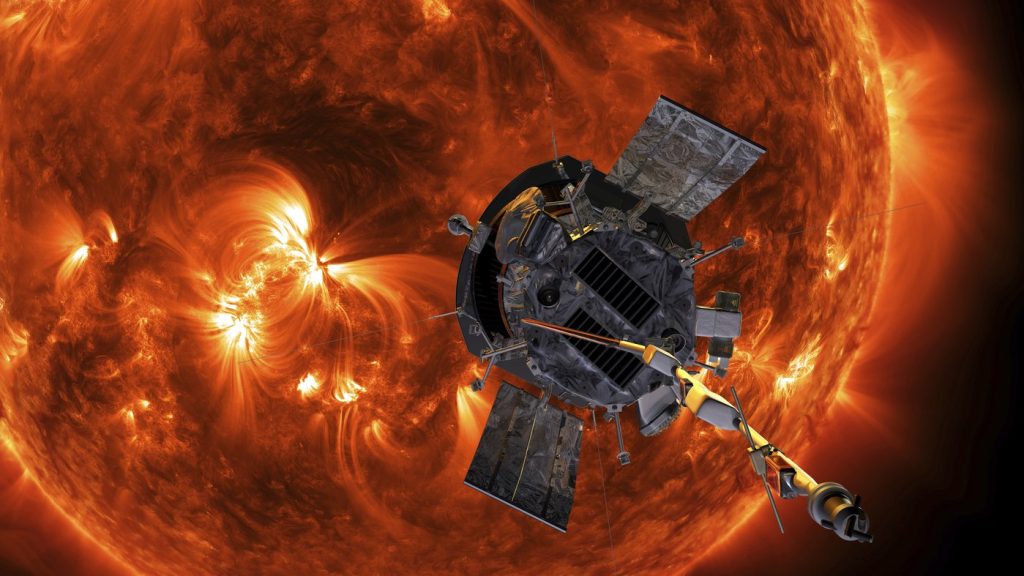NEW YORK (AP) – A NASA spacecraft, the Parker Solar Probe, is set to make another close flyby of the sun, marking the second of three planned encounters with the star's scorching atmosphere. This mission aims to provide unique insights into the solar environment and its behaviors.
On its record-breaking first pass in December, the Parker Solar Probe approached within 3.8 million miles (6 million kilometers) of the sun, making it the closest object to the sun ever launched by humankind. The probe's next flyby is scheduled for Saturday, and due to the distance involved, communications will be disrupted. The mission team expects to receive data back from the spacecraft on Tuesday afternoon.
The Parker Solar Probe is recognized as the fastest spacecraft constructed by humans, capable of reaching speeds of 430,000 mph (690,000 kph) during its closest approach to the sun. This extraordinary velocity allows it to gather vital data and perform observations that are pivotal for solar science.
Since its launch in 2018, the Parker Solar Probe has actively explored the sun, successfully traveling through its outer atmosphere, known as the corona. This portion of the sun is known to be significantly hotter than its surface, prompting scientists to investigate why the corona reaches temperatures that are hundreds of times higher than those found on the sun’s surface.
Researchers aim to utilize the data collected by the Parker Solar Probe to unravel the mysteries surrounding the solar wind—the continuous stream of charged particles that emanate from the sun at supersonic speeds. Understanding these phenomena is crucial for enhancing knowledge about solar activities and their potential impact on Earth and space weather.
The Parker Solar Probe’s mission is a groundbreaking endeavor that could provide scientific breakthroughs regarding solar mechanics, conditions in the solar atmosphere, and the dynamics of solar wind. By making multiple close approaches to the sun, the probe is designed to withstand extreme heat, relying on its advanced heat shield, capable of enduring temperatures up to 2,500 degrees Fahrenheit (1,370 degrees Celsius).
The insights gained from this mission not only aim to enrich our understanding of the sun’s inner workings but also have implications for space weather forecasting, which affects satellite communications, power systems, and other technologies reliant on stable solar conditions. With its remarkable design and innovative scientific goals, the Parker Solar Probe represents a significant advancement in space exploration and solar research.










